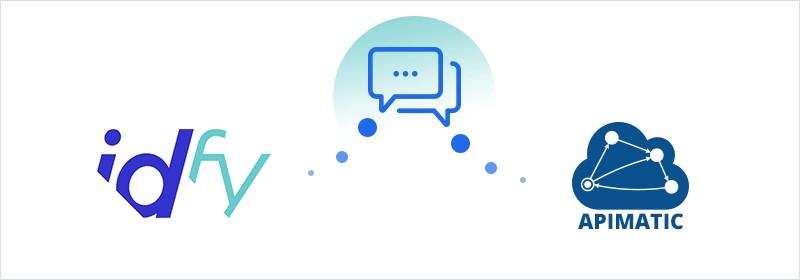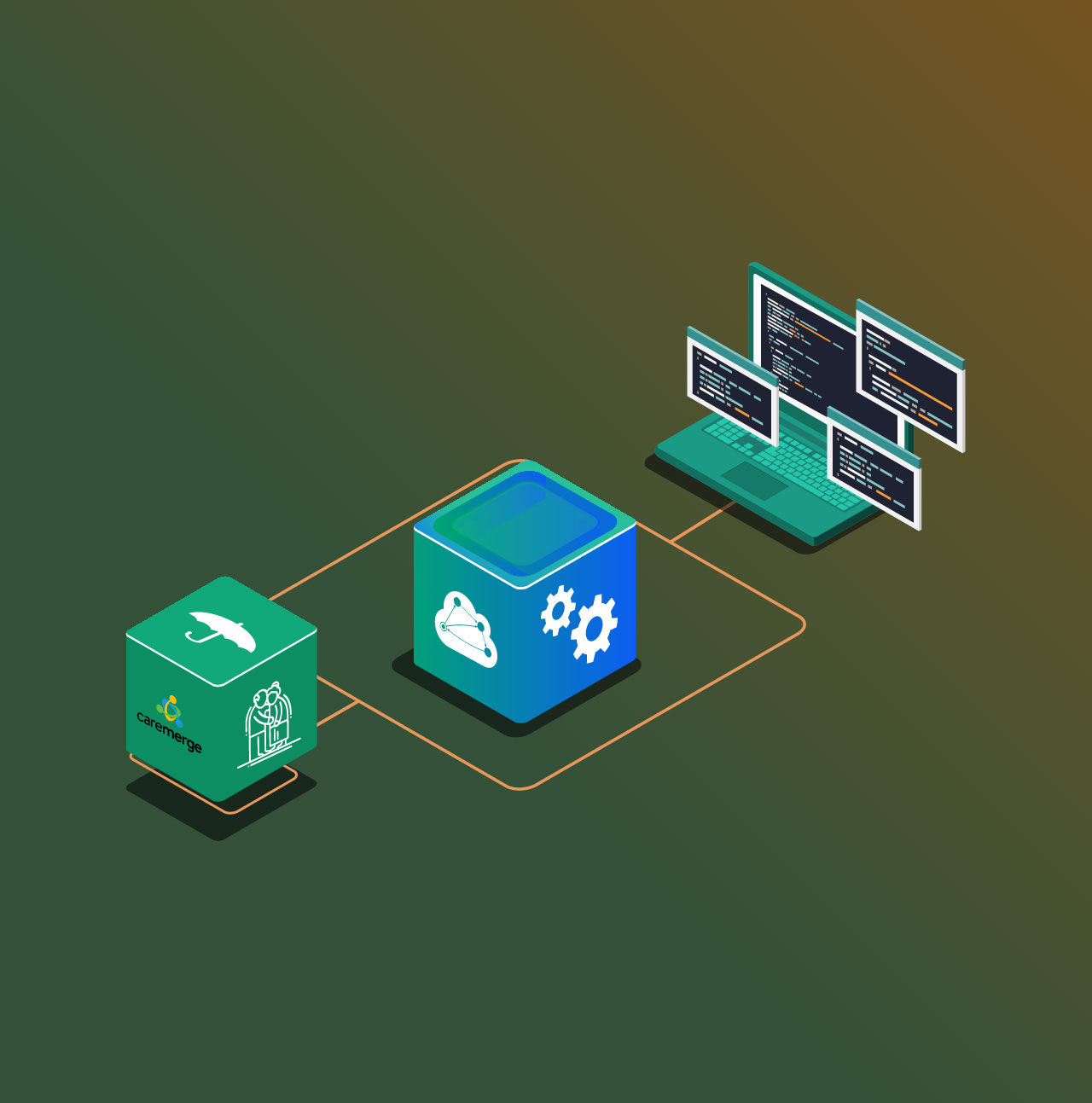APIMatic March 22, 2018

Automation was the tool that ended up giving Idfy a competitive advantage. It helped them expand their services to multiple developer platforms, and improve their API’s adoption as well as developer experience — all without substantial effort from their end.
Idfy is a Norwegian API provider which helps businesses integrate services such as authentication, electronic seals, and signing for applications in their products. They have customers in the real estate business, banking, and financial sector.
We had the opportunity of talking to Rune, the CTO of Idfy to discuss how they utilize APIMatic to target different developer platforms.
APIMatic enables us to deliver on platforms that we wouldn’t be able to do so otherwise. And allows us to offer a complete developer experience without having all these resources in-house — Rune
- So Rune, tell me a little about yourself. What do you basically do for Idfy, and how did you get here? In 2008 I started working in a company that dealt with real estate software. And Idfy is a spin-off from that company. We founded Idfy in 2012 and had this as a side-business until 2015. Eventually, we hired more people and got the company moving. And from November 2017, I joined Idfy as the full-time CTO.
- What is Idfy’s mission? What does Idfy essentially work on? We are working on providing a trust service platform for integrating PKI-based eIDs and other products related to trust services and digital transaction management. This can be used for many purposes, particularly in Europe. Digital identities have mostly been used in banking, but now the usage is increasing to a wide range of applications and sectors. For instance, today you can use eIDs to apply for loans, for buying homes, for bidding in real estate, for doing your taxes, signing your rental agreement, or even when you are starting a company. So, we provide APIs to ease the implementation and also provide a common API between different eIDs in Europe. We also create custom APIs for some of our customers. But mainly we are a SaaS company delivering APIs with short time-to-market and an excellent developer experience.
- Why is it important for Idfy to make life easy for developers? Providing an excellent developer experience is a core part of our strategy and a way for us to differentiate Idfy from other providers of similar services. We want our customers to be able to get up and running with our APIs quickly and hassle-free. We want to be a developer-centric company and a preferred provider of trust services to developers. We strive to make our APIs the easiest to work with and with the shortest time-to-market compared to our competitors.
- How many APIs do you work with? And how do you deal with API changes — as in, keeping SDKs, API definitions & documentation updated? We have mainly one API and a lot of microservices built around it. Then there is a Swagger definition that is used for generating the SDKs. And there are multiple other APIs in the pipeline as well.
- Can you tell me how you actually came across APIMatic? I read a blog on it. I was investigating multiple SDK companies and I read an article from the API Evangelist. He had a list of all services that created SDKs and in that list he said that he tried multiple tools for SDK creation but no other tool matched the quality of APIMatic’s generated SDK . So, I tried it out and it worked!
- Before using APIMatic, how were you managing SDK generation? Did you consider doing SDKs manually? Yes. We created .NET SDKs manually — for a long time. But we wanted SDKs in PHP, Node etc. And that was a little bit outside of scope for us, so we started to look at ways of generating SDKs from Swagger files.
- Why did you switch to automatic SDK generation then? Through our internal process, we found out that it took 5–10 hours to create SDKs for an API in 1 language. But then we also had to maintain it. And we did not want any manual maintenance because that is always something that could easily be forgotten. We wanted to automate everything. So that when we changed our API, that would automatically generate an updated Swagger file, and then automatically call the APIMatic API to update the SDKs. So, we wanted all that to be done automatically.
Now, we can deploy SDKs in 8 languages in the same time as it took to deploy SDKs in 1 language before. That would never be possible before we used APIMatic — Rune
- What is the main use case that you use APIMatic for? And how has your experience been with it so far? It is the SDK generation and the part where you can automatically test the SDKs in real-time. Our experience has been great. We had some small issues with our own Swagger definitions in the beginning, but we quickly got this ironed out, and then everything worked fine.
- How long did it take for you to publish updated SDKs & docs after API changes before using APIMatic and how long does it take now? Now, we can deploy SDKs in 8 languages in the same time as it took to deploy SDKs in 1 language before. That would never have been possible before we used APIMatic.
- How has your experience been with APIMatic so far? I’m talking specifically about the quality of the SDK, the code, and the developer portal. The quality is very good. However, the SDK creation process should be revamped, so that SDKs would look more like they are human created. I would also suggest making the code look cleaner.
- Would you say that APIMatic has helped you save development costs? If so, tell me a little more about it? APIMatic enables us to supply our customers with SDKs in eight different languages at the same cost as for a manually created SDK in one language before.
- Taking that a little further, would you say that APIMatic has helped you improve your Developer Experience? Yes, it definitely has! Because, as I said, now we have SDKs in multiple languages and we have a developer portal with live testing of code. So, we are able to help even more developers reduce time-to-market by using your product.
- So tell me a little about Idfy’s future plans. And how does APIMatic fit in with these plans? We have plans to create more APIs. So we will have great use of APIMatic to deliver our APIs to more customers. And we are also looking at new products that would require us to create APIs for customers who do not have the knowledge or experience of creating APIs. And SDK components will be very useful because it will enable our customers to reach a wider developer audience as well.
- What will you take away as the highlight from using APIMatic? That APIMatic enables us to deliver on platforms that we would not be able to support ourselves. For instance, we do not have any people that could create a Go SDK.
APIMatic allows us to be a complete API company without having language-specific knowledge on all platforms in-house. — Rune
- What would you say is your most favorite feature of APIMatic? The SDK Generation — the fact that it enables us to concentrate on creating the APIs and not the SDKs. Because we want to focus on our core products. And it is nice to have a company that can do this for us.
- How has our support been, with regards to ironing out issues that you came across? Initially, we communicated through emails and that was frustrating. But when we got access to the Slack channel and established a relationship, everything was much smoother. We had some issues that needed to be taken care of and were able to get those fixed quickly. That was a huge improvement. Now we are able to communicate on Slack and get our issues fixed very quickly.
We really appreciate Rune for taking out the time to talk to us.





